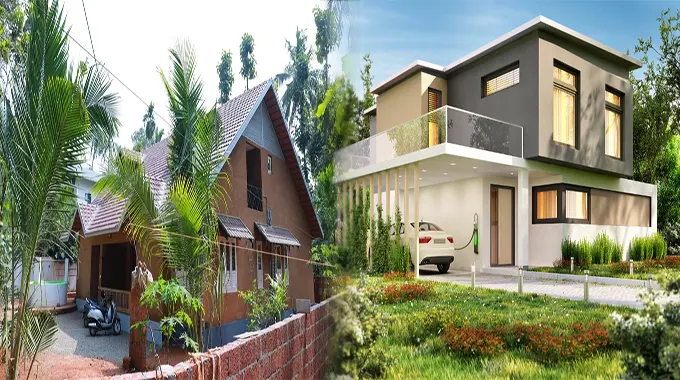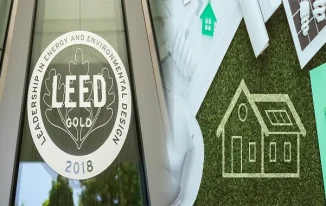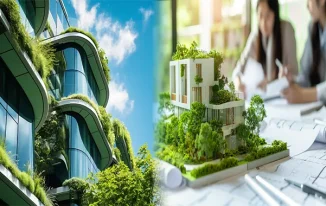As awareness of environmental issues continues to grow, more homeowners are looking for ways to reduce their carbon footprint and create sustainable living spaces. One effective way to achieve this is through green building design strategies that prioritize energy efficiency, resource conservation, and overall sustainability. In this article, we will explore the importance of green building design for environmentally friendly homes and provide practical tips on incorporating sustainable practices into the design and construction process.
Importance of Green Building Design
Green building design goes beyond traditional construction methods by emphasizing energy efficiency, water conservation, and the use of environmentally friendly materials. By implementing green building strategies, homeowners can reduce energy consumption, lower utility costs, and minimize environmental impact. Additionally, green homes are healthier and more comfortable for occupants, with improved indoor air quality and natural lighting.
Green building design also contributes to overall sustainability by conserving resources, reducing waste generation, and promoting a circular economy. By integrating environmentally friendly practices into home construction, homeowners can play a significant role in mitigating climate change and preserving natural resources for future generations.
Tips for Incorporating Green Building Design Strategies
1. Optimize building orientation and layout
The orientation and layout of a home can significantly impact its energy efficiency. By designing homes to maximize natural light exposure and minimize heat gain or loss, homeowners can reduce their reliance on artificial lighting and heating or cooling systems. Orienting the house to take advantage of prevailing winds for natural ventilation can also enhance indoor air quality and comfort.
2. Prioritize insulation and air sealing
Proper insulation and air sealing are essential for creating a thermally efficient and comfortable home. By investing in high-quality insulation materials and sealing gaps and cracks in the building envelope, homeowners can reduce heat transfer, maintain consistent indoor temperatures, and lower energy costs. Insulating roofs, walls, and floors can also enhance soundproofing and durability.
3. Install energy-efficient appliances and fixtures
Energy-efficient appliances and fixtures, such as ENERGY STAR-rated refrigerators, HVAC systems, and lighting, can significantly reduce energy consumption and utility bills. Homeowners should prioritize selecting appliances with high energy efficiency ratings and consider installing water-saving fixtures like low-flow toilets and faucets to conserve water resources.
4. Integrate renewable energy systems
Incorporating renewable energy systems, such as solar panels or wind turbines, can further enhance the sustainability of a home and reduce reliance on grid power. Generating clean energy on-site not only reduces carbon emissions but also provides homeowners with energy independence and potential cost savings over time. Prioritize designing homes with suitable roof orientations and space for solar panel installation.
5. Use sustainable and recycled materials
Selecting environmentally friendly materials, such as recycled wood, bamboo flooring, or low-VOC paints, can minimize the environmental impact of home construction and promote resource conservation. Homeowners should prioritize materials that are sustainably sourced, durable, and free from harmful chemicals to create healthy and eco-friendly living spaces.
6. Incorporate green spaces and landscaping
Green building design extends beyond the physical structure of the home to include outdoor spaces and landscaping. Incorporating green roofs, rain gardens, native plantings, and permeable surfaces can enhance biodiversity, reduce stormwater runoff, and improve air quality. Creating outdoor living areas and edible gardens can also promote sustainable living practices and connect homeowners with nature.
Green building design strategies offer homeowners the opportunity to create environmentally friendly homes that are energy-efficient, sustainable, and healthy for occupants. By incorporating tips such as optimizing building orientation, prioritizing insulation, integrating renewable energy systems, using sustainable materials, and incorporating green spaces, homeowners can design homes that minimize environmental impact and prioritize sustainability. Embracing green building practices is not only a step towards reducing carbon emissions but also a way to create sustainable, resilient, and comfortable living spaces for the future.














